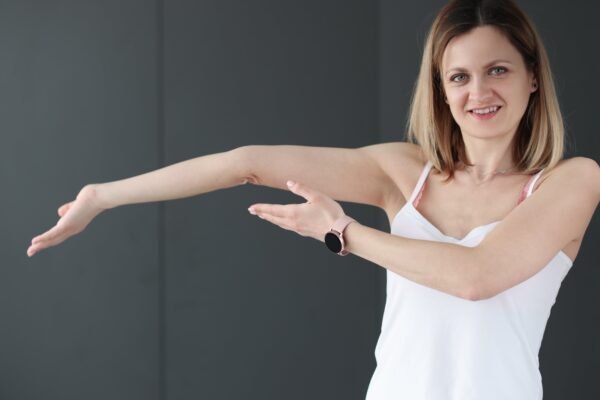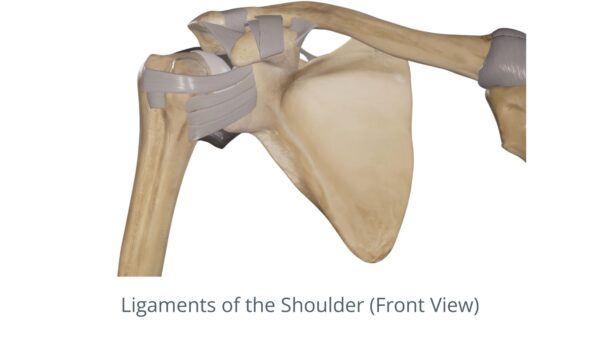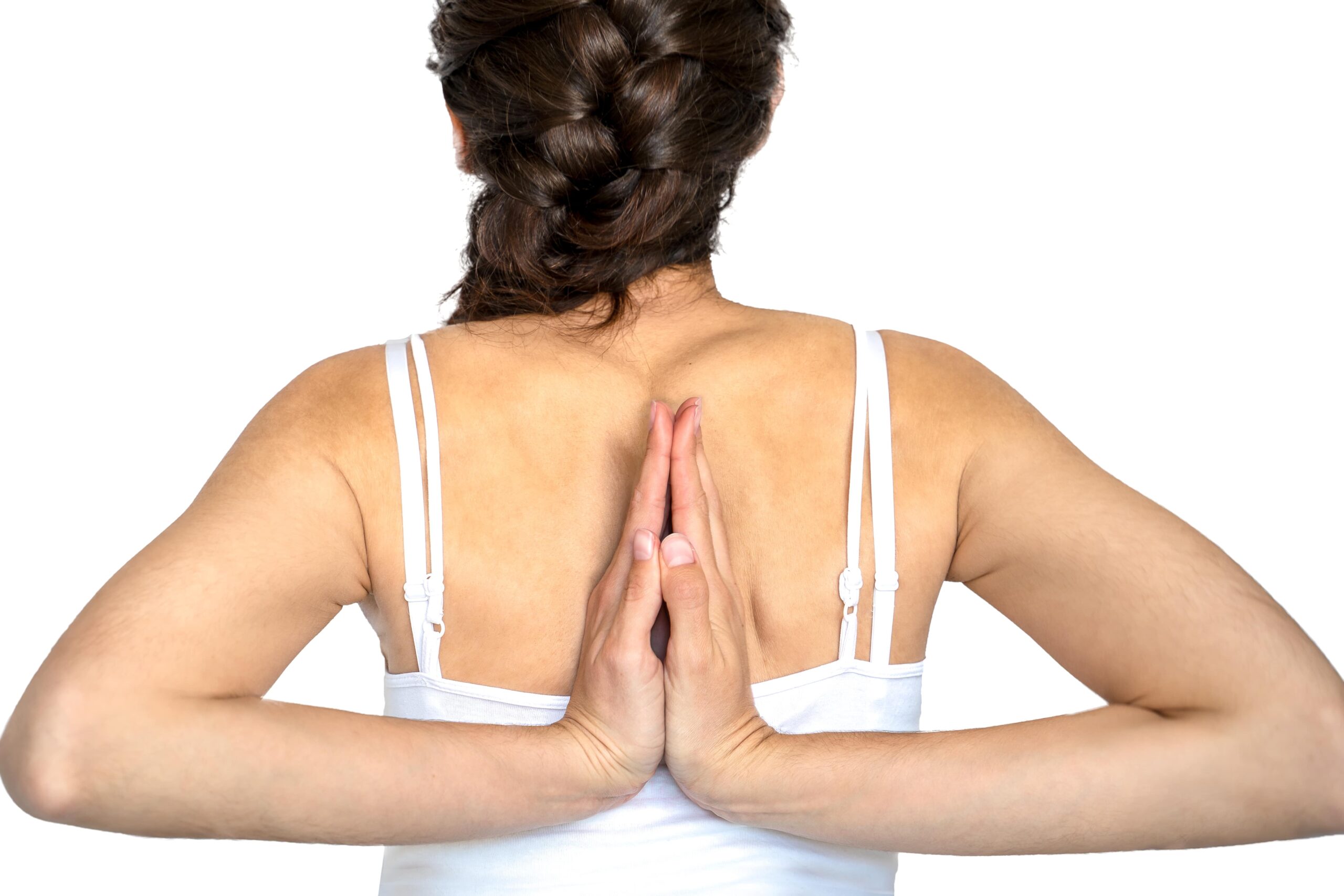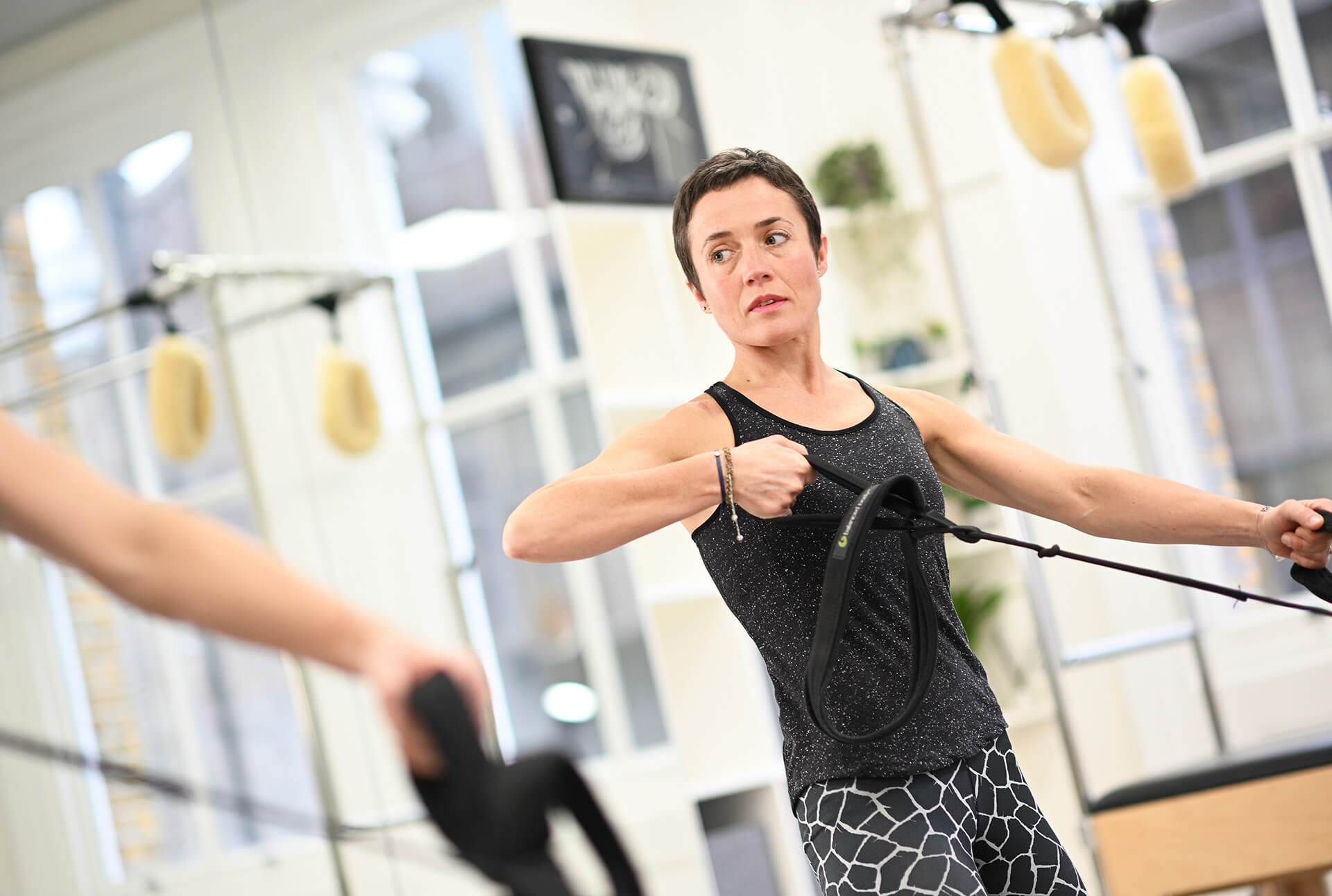Key Contributor: Susie Martin, Chartered Physiotherapist
Co-Contributors: Susan Chesters, Clinical Pilates Instructor
Have you been diagnosed with joint hypermobility? Are you wondering what joint hypermobility means? Are you wondering what exercise you can do for hypermobility? Are you also thinking about Pilates for hypermobility?
Read on to find out more.
Key Takeaways
- Pilates strengthens and stabilises hypermobile joints through controlled, low-impact movements that safely build muscle strength and support around the joints, reducing the risk of sprains, strains, and pain flare-ups.
- It improves body awareness and proprioception, helping individuals with hypermobility better understand and control their movement, which enhances posture, coordination, and joint protection in daily life.
- Pilates supports both physical and mental wellbeing, promoting gentle strength, improved posture, and relaxation through mindful breathing—making it especially beneficial for managing pain, fatigue, and anxiety often linked to hypermobility.
What is hypermobility?
Hypermobility is a broad term which encompasses a whole spectrum of conditions. Hypermobility simply means ‘too much’ or greater than normal movement. In a clinical setting hypermobility can be used to refer to a greater than average range of movement at one joint, or many joints.

Hypermobility can also be used to refer to hypermobility syndromes which have hypermobile joints as a feature but also are associated with other features which are normally symptomatic and may cause the person pain, other symptoms and impact on their ability to function.
Is hypermobility bad?
Having an increased joint range of motion in and of itself is not necessarily a bad thing. Gymnasts, dancers, contortionists and acrobats are all examples of people for whom increased flexibility is an advantage.
However, the difference between this hypermobility and the type of hypermobility that is problematic is a great deal of strength and body awareness (called proprioception or kinaesthetic awareness) which is a likely protective factor. In those with problematic hypermobility – strength and proprioception is normally impaired.
What type of problems does hypermobility cause?
Most commonly, hypermobility can be a contributing factor to recurrent sprains and strains, persistent pain and at the more extreme end – joint dislocations.
Hypermobility that is associated with a broader syndrome can cause many other types of symptoms, such as fatigue, gut disturbances and dizziness.
What are the hypermobility syndromes?
Normally when health professionals talk about hypermobility syndromes they are referring to one of the types of Ehlers-Danlos syndrome. Ehlers-Danlos is a collection of different syndromes affecting the so called ‘connective’ tissues of the body.
Hypermobile type Ehlers-Danlos syndrome (hEDS) is just one type, of which the most obvious feature is having hypermobile joint ranges.
What causes hypermobility?
The increased joint ranges seen in hypermobility syndromes are due to differences in the type of tissue that makes up structures that normally provide stability at the joints.
Bones are held together at the joints by a fibrous capsule and thick fibrous ligaments. These are extremely strong tissues capable of withstanding high forces. They are designed not to change under load – unlike muscle tissue which is contractile and designed to shorten and lengthen.

Ligaments are one of the types of structure in the body known as ‘connective tissue’. They are made up of different types of collagen. Collagen not only makes up ligaments and joint capsule but is also present in tendons and smooth muscle that makes up the gut.
With hypermobility, there are genetic abnormalities with the production of collagen. The overall effect means that the fibrous tissues such as ligament and capsule are stretchier and allow a greater range of motion at the joint.

A secondary effect is that the sensory information that helps us to know where we are in space is impaired. This information is normally detected when ligaments and capsule are stretched to their end of range.
Since this doesn’t happen as readily in the hypermobile joint, the message takes longer to get through to the brain. This can result in less body awareness and resultant behaviours such as knocking into things and knocking things over.
How is hypermobility diagnosed?
Joint hypermobility is assessed using the Beighton score. This is a test that looks at flexibility of the following – bending over to touch toes, flexibility of the knees, elbows, fingers and thumbs.
A condition such as Ehlers-Danlos needs to be more broadly assessed – assessment should consider the person’s medical history and general wellbeing, any history of musculoskeletal injuries, family history of hypermobility or hEDS.
Particular attention needs to be paid to seemingly unrelated health issues such as heart problems, gut issues, or gynaecological problems as they may also be linked to the underlying differences in connective tissue.
Limitations of the Beighton score
The Beighton score is less reliable depending on the age group of the person being assessed. For example it is normal for children to have more mobility in their joints, so it is less accurate here. It is also more common for us to stiffen up as we age, so for example, someone over 50 may not have as high a Beighton score as they did when they were in their 20s.
The Beighton score does not take in to account other joints which may be hypermobile, such as shoulders, hips and ankles.
The Beighton score alone should not be used to diagnose problematic hypermobility since someone could score high but have no pain or injuries and be functioning well.
What is the link between anxiety and hypermobility?
Research has shown that the incidence of joint hypermobility in people who are anxious is about 70% compared to 20% of the non-anxious population.
It is thought that the reason for this is to do with the autonomic nervous system – which is the part of your nervous system responsible for things like your fight or flight responses.
There appears to be an increased reactivity of the autonomic nervous system in those who have hypermobile joints and there have been findings that show that those who are hypermobile have a larger amygdala which is the part of the brain responsible for processing fear.
How can exercise help hypermobility?
There are many benefits of exercising for those with issues caused by hypermobility.
- Strengthening
- Improved body awareness
- Pain relief (called exercise induced hypoalgesia).
- Improved co-contraction of muscles around joint, contributing to stability
- Increased activity of the body’s postural muscles / stability muscles
- Gentle exercise that focuses on breathing can also help to calm anxiety.
- Mindful activity, such as focussing on bodily sensations during movement can also help to reduce anxiety.
What exercise is best for hypermobility?
A combination of strengthening exercises to improve stability around the joints and gentle stretching for symptom relief only are needed.
The stronger you are, the better but it takes longer for a person with hypermobility to make strength gains than someone who does not, and they lose strength more quickly following injury or a period of illness.
Those with hypermobility can easily injure themselves or suffer pain flare ups by undertaking inappropriate exercise. It is important to start with gentle exercise and gradually increase what you can do over time and respect any symptoms.
Cardiovascular exercise is beneficial for everyone as it reduces the likelihood of diseases such as obesity, diabetes and heart disease. However, it may be more challenging for someone with hypermobility to take part in cardiovascular exercise. Making sure you have done adequate strengthening work will support your body so that it can work more efficiently during the more complex exercise that comprises cardiovascular work.
Some other people with hypermobility may find that they suffer with dizzy spells that can make some exercise challenging. This can be due to an associated condition known as POTS which is more common in those with Ehlers-Danlos.
What do our experts say?
“Equipment Pilates provides gentle resistance and external feedback, helping you discover your true end range and build stability where your joints need it most. Many people think being hypermobile means having stretchy muscles, but it’s actually the joints, the ligaments, tendons and fascia that move too much. What I love about this approach is seeing people begin to trust their bodies again. When movement starts to feel safe and supported, it changes how they move through everyday life, from reaching up to a shelf to walking with confidence and that’s where real progress begins” Susan Chesters
Pilates and hypermobility – Can Pilates help?
Pilates is a great choice of exercise for those with hypermobility however, it is important to work with an instructor who has a good understanding of the requirements of your condition.
Since Pilates is a low intensity, low impact form of exercise, it is well tolerated by those with pain due to joint hypermobility. Pilates can be thought of as low load strengthening exercise and therefore provides a manageable starting point from which to build progressive strength.
Pilates helps to build body awareness. Well taught Pilates teaches you to focus on your body position awareness and sensations.
Equipment Pilates in particular, such as Reformer Pilates , is a great choice for those with hypermobility. Whilst the equipment can look intimidating, and as though it is designed to put you through your paces, the equipment can actually support you and be used to make the mat Pilates exercises easier.
Another benefit of Equipment Pilates is that being able to hold onto the bars or straps or push with your feet gives you a more stable position and better body awareness.
For example – in variations of the dead bug exercise on the mat – the hands and feet are free in space and this means having to hold those limbs free in space. We therefore get less tactile feedback than we do when using equipment. Using the Reformer or Trapeze table the feet or hands can be pulling against straps with resistance and therefore get more feedback.
What Pilates exercises are best for hypermobility?
There is no one size fits all approach when it comes to exercise and the best approach is to have a full assessment with a health professional with the appropriate training, such as a physiotherapist , to determine the best exercises for your specific needs.
However, you may find the following Pilates exercises for hypermobility a helpful starting point. These mat-based exercises can easily be done at home and are suitable for most people.
Pilates exercises for hypermobility: Dead Bugs
Pilates exercises for hypermobility: Chest Lift
Pilates exercises for hypermobility: Bridging
Pilates exercises for hypermobility: Side Lift
Pilates exercises for hypermobility: Quadruped
Pilates exercises for hypermobility: Sumo Squat
Feeling inspired?
If you want to experience the Complete difference and discover the benefits of one-to-one equipment Pilates, book a session at one of our London studios today. Not in London? You can still work with us online!
Our physiotherapy-led Pilates studios in Chelsea , Angel and the City of London offer a highly tailored approach to your Pilates training, whether your goal is to manage a health condition, rehabilitate from an injury or to improve your strength and fitness.
Resources
Shirley, E. DeMaio, and Bodurtha, J. (2012) Ehlers-Danlos Syndrome in Orthopaedics. Sports Health 4(5): 394–403.
Hypermobility Syndromes Association
Article: Having hypermobile joints can increase the risk of depression and anxiety in adolescents.
Education is key:
These blogs are designed to give information to everyone, however, it is important to remember that everyone is different! If you have not seen one of our therapists and have any questions about injuries, what you have read or whether this may be useful to you, please just ask. We are more than happy to help anyone and point you in the right direction. Our biggest belief is that education is key. The more you understand about your injury, illness and movement, the more you are likely to improve.





